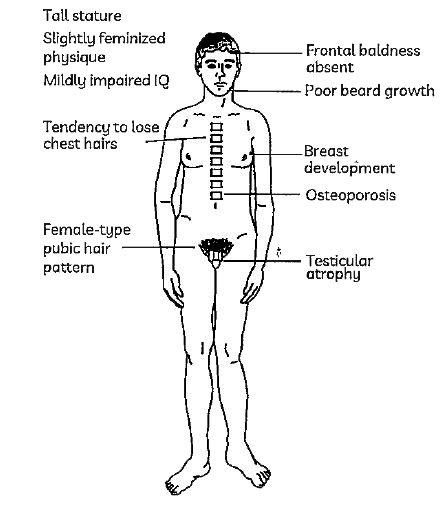Name the phenomenon which prevents individuals of two different species from interbreeding to produce fertile offsprings.
Step-by-Step Solution:
1. Understanding the Question: The question asks for the phenomenon that prevents individuals of two different species from interbreeding to produce fertile offspring.
2. Identifying the Key Concept: The key concept here is the term that describes the barriers to reproduction between species.
3. Defining the Phenomenon: The phenomenon that prevents interbreeding between different species is called Reproductive Isolation.
4. Explaining Reproductive Isolation: Reproductive isolation occurs when two populations of the same species become separated and evolve independently. This can happen due to geographic changes, such as the splitting of land masses, which leads to a halt in gene flow between the populations.
5. Mechanisms of Reproductive Isolation: There are several mechanisms through which reproductive isolation can occur:
- Prezygotic Barriers: These prevent mating or fertilization between species (e.g., differences in mating seasons, behaviors, or physical incompatibility).
- Postzygotic Barriers: These occur after fertilization and prevent the hybrid offspring from developing into a viable, fertile adult (e.g., hybrid sterility).
6. Conclusion: Thus, the correct answer to the question is Reproductive Isolation, which is the phenomenon that prevents individuals of two different species from interbreeding to produce fertile offspring.
---
- Prezygotic Barriers: These prevent mating or fertilization between species (e.g., differences in mating seasons, behaviors, or physical incompatibility).
- Postzygotic Barriers: These occur after fertilization and prevent the hybrid offspring from developing into a viable, fertile adult (e.g., hybrid sterility).
Topper's Solved these Questions
- BOOK - MODERN PUBLICATIONCHAPTER - EVOLUTIONEXERCISE - PRACTICE PROBLEMS ( TYPES OF VARIATIONS)8videos
EVOLUTION
- BOOK - MODERN PUBLICATIONCHAPTER - EVOLUTIONEXERCISE - PRACTICE PROBLEMS (SOURCES OF VARIATIONS)12videos
EVOLUTION
- BOOK - MODERN PUBLICATIONCHAPTER - EVOLUTIONEXERCISE - PRACTICE PROBLEMS (DARWINISM AND MUTATION THEORY )13videos
EVOLUTION
- BOOK - MODERN PUBLICATIONCHAPTER - ECOSYSTEM EXERCISE - Chapter Practice Test (Section - D) (Case - Based Short Answer Type Questions)5videos
ECOSYSTEM
- BOOK - MODERN PUBLICATIONCHAPTER - HUMAN HEALTH AND DISEASESEXERCISE - Chapter Practice Test2videos
HUMAN HEALTH AND DISEASES
Similar Questions
Knowledge Check
- Question 1 - Select One
Two individuals belongs to the same species if they
AAre reproductively isolated among themselvesBare morphologically similarCare interbreeding and produce infertile offspringDare interbreeding and produce fertile offspring. - Question 2 - Select One
Crossing of individuals of two different species to produce a hybrid is called
Ainterspecific hybridisationBintervarietal hybridisationCintergeneric hybridisationDintravarietal hybridisation. - Question 3 - Select One
Grafting of tissue or organ between individuals of different species is called
AAutograftBIsograftCXenograftDAllograft
The effect of individuals of different species on each other is called co - action.
View SolutionWhich of the following reproductive barriers actually prevents individual of different species from mating with each other ?
View SolutionAssertion. Members of a species breed only with others ,of the same species.
Reason. In some cases, members of different species may also breed, producing sterile or fertile offspring.View Solutionread the statements w.r.t species. (a) on the basis of taxonomic studies, species is the group of individuals with fundamental similarities. (b) each species have distinct morphological characters than other species. (c) species are group of organisms capable of interbreeding and producing fertile offspring. (d) all species with similarities in morphological features are kept in the same genus and assign to same species epithet
View SolutionPolyloid derived from two different species is called :
View Solution


